Your MC Knows They’re In A Story, And Makes Full Use Of All The Tropes To Come Out A Hero Every Time.
Your MC knows they’re in a story, and makes full use of all the tropes to come out a hero every time. Trouble is, there’s a real hero emerging in the city, which presents the MC with a choice: remain a hero and watch the story crumble around them, or become a villain and save the world
More Posts from Ourvioletdeath and Others
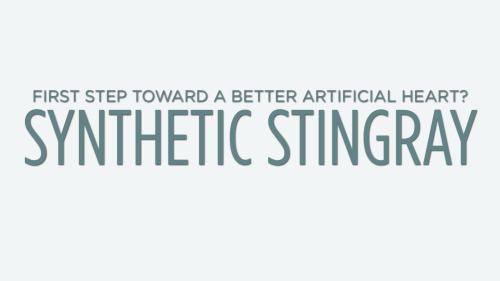
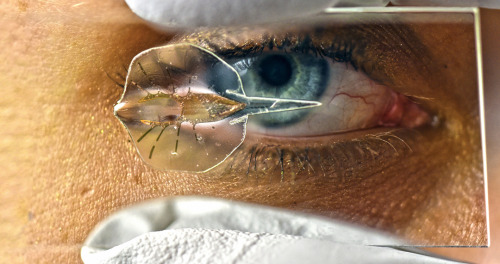

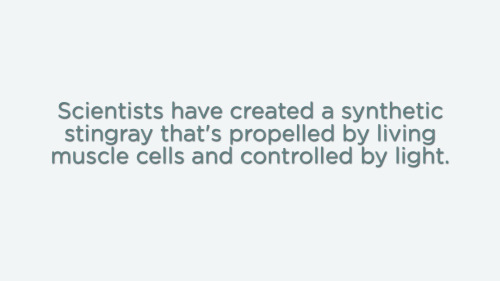
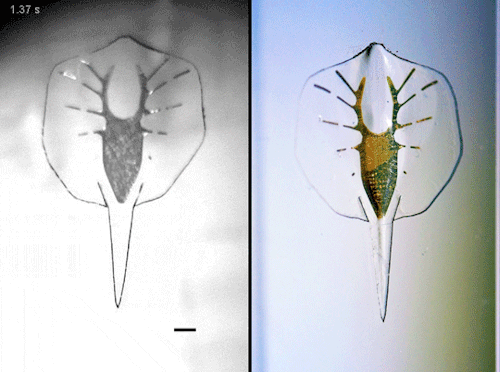
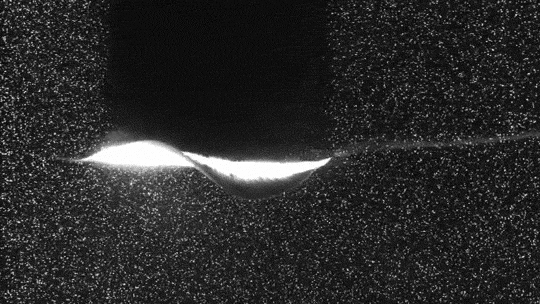
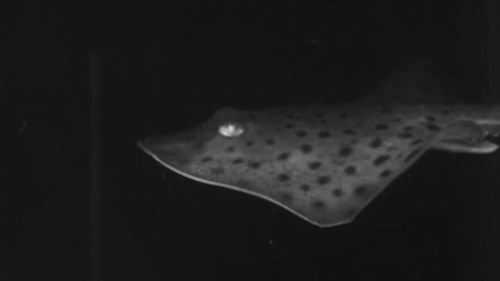
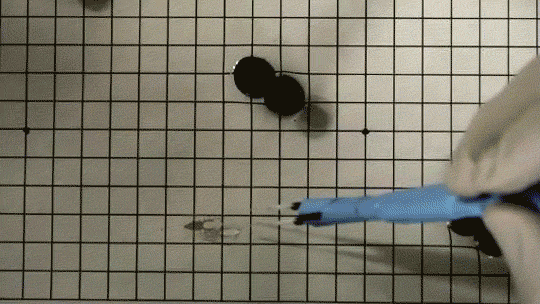
I’ll say it again: Scientists have created a synthetic stingray that’s propelled by living muscle cells and controlled by light.
!
But the ultimate goal isn’t a cyborg sea monster - it’s a human heart.
“I want to build an artificial heart, but you’re not going to go from zero to a whole heart overnight,” says Kit Parker, a bioengineer and physicist at Harvard University’s Wyss Institute. “This is a training exercise.”
Full, fascinating story here.
When you wake up from a long nap and don’t know what year it is.
Video by Barnaby
“My domain is time,” said the Genie. “Instead of three wishes, you get three decisions. Go back and choose again.”
The reason aliens have not invaded Earth is due to our television transmission. Since they have no concept of televised entertainment, they view everything seen as fact.

You love fighting this villian. Because even thought he has immense powers he’s quite fun to actually battle, quite chill when you thwart his plans, and a bit incompetent when it comes to villiany. The problem is that now his mother is here.

(Image caption: Two Aplysia sensory neurons with synaptic contacts on the same motor neuron in culture after isolation from the nervous system of Aplysia. The motor neuron has been injected with a fluorescent molecule that blocks the activity of a specific Protein Kinase M molecule. Credit: Schacher Lab/Columbia University Medical Center)
Select Memories Can Be Erased, Leaving Others Intact
Different types of memories stored in the same neuron of the marine snail Aplysia can be selectively erased, according to a new study by researchers at Columbia University Medical Center (CUMC) and McGill University and published in Current Biology.
The findings suggest that it may be possible to develop drugs to delete memories that trigger anxiety and post-traumatic stress disorder (PTSD) without affecting other important memories of past events.
During emotional or traumatic events, multiple memories can become encoded, including memories of any incidental information that is present when the event occurs. In the case of a traumatic experience, the incidental, or neutral, information can trigger anxiety attacks long after the event has occurred, say the researchers.
“The example I like to give is, if you are walking in a high-crime area and you take a shortcut through a dark alley and get mugged, and then you happen to see a mailbox nearby, you might get really nervous when you want to mail something later on,” says Samuel Schacher, PhD, a professor of neuroscience in the Department of Psychiatry at CUMC and co-author of the paper. In the example, fear of dark alleys is an associative memory that provides important information—e.g., fear of dark alleys—based on a previous experience. Fear of mailboxes, however, is an incidental, non-associative memory that is not directly related to the traumatic event.
“One focus of our current research is to develop strategies to eliminate problematic non-associative memories that may become stamped on the brain during a traumatic experience without harming associative memories, which can help people make informed decisions in the future—like not taking shortcuts through dark alleys in high-crime areas,” Dr. Schacher adds.
Brains create long-term memories, in part, by increasing the strength of connections between neurons and maintaining those connections over time. Previous research suggested that increases in synaptic strength in creating associative and non-associative memories share common properties. This suggests that selectively eliminating non-associative synaptic memories would be impossible, because for any one neuron, a single mechanism would be responsible for maintaining all forms of synaptic memories.
The new study tested that hypothesis by stimulating two sensory neurons connected to a single motor neuron of the marine snail Aplysia; one sensory neuron was stimulated to induce an associative memory and the other to induce a non-associative memory.
By measuring the strength of each connection, the researchers found that the increase in the strength of each connection produced by the different stimuli was maintained by a different form of a Protein Kinase M (PKM) molecule (PKM Apl III for associative synaptic memory and PKM Apl I for non-associative). They found that each memory could be erased – without affecting the other — by blocking one of the PKM molecules.
In addition, they found that specific synaptic memories may also be erased by blocking the function of distinct variants of other molecules that either help produce PKMs or protect them from breaking down.
The researchers say that their results could be useful in understanding human memory because vertebrates have similar versions of the Aplysia PKM proteins that participate in the formation of long-term memories. In addition, the PKM-protecting protein KIBRA is expressed in humans, and mutations of this gene produce intellectual disability.
“Memory erasure has the potential to alleviate PTSD and anxiety disorders by removing the non-associative memory that causes the maladaptive physiological response,” says Jiangyuan Hu, PhD, an associate research scientist in the Department of Psychiatry at CUMC and co-author of the paper. “By isolating the exact molecules that maintain non-associative memory, we may be able to develop drugs that can treat anxiety without affecting the patient’s normal memory of past events.”
“Our study is a ‘proof of principle’ that presents an opportunity for developing strategies and perhaps therapies to address anxiety,” said Dr. Schacher. “For example, because memories are still likely to change immediately after recollection, a therapist may help to ‘rewrite’ a non-associative memory by administering a drug that inhibits the maintenance of non-associative memory.”
Future studies in preclinical models are needed to better understand how PKMs are produced and localized at the synapse before researchers can determine which drugs may weaken non-associative memories.
You are oblivious to the fact that war has broken out, because you have filtered everything out from your news and social media containing the words star or wars until you see the movie.
Listen my dudes Ancient Egypt existed for a really fuckass long time. Literally just Pharaonic civilization lasted 3,000 years. That’s not even including predynastic civilization and Roman rule. If you lump that in you’re looking at more like… 5,000 years. Like. If you want a comparison of how long that is: THE YEAR IS CURRENTLY 2018. TWO THOUSAND. TWO-THIRDS OF ANCIENT EGYPTIAN PHARAONIC CIVILIZATION HAVE HAPPENED SINCE THE ‘BIRTH OF JESUS CHRIST’ We comparatively just entered the Third Intermediate Period. The Greeks will not take over for another 700~ years. Cleopatra will not be born until the year 2931.
It’s a really long time guys.

the sketch of this was super old but I finished coloring it for WLF for 413 ohoh
it’s up as print!
-
 pokecraftking liked this · 1 year ago
pokecraftking liked this · 1 year ago -
 bside-cassette liked this · 1 year ago
bside-cassette liked this · 1 year ago -
 emerald722 liked this · 1 year ago
emerald722 liked this · 1 year ago -
 honorable-no7 liked this · 1 year ago
honorable-no7 liked this · 1 year ago -
 404lunar1216 liked this · 1 year ago
404lunar1216 liked this · 1 year ago -
 zsenilla liked this · 1 year ago
zsenilla liked this · 1 year ago -
 the-oracle-at-delphinitely-not liked this · 1 year ago
the-oracle-at-delphinitely-not liked this · 1 year ago -
 heartytireddanny liked this · 1 year ago
heartytireddanny liked this · 1 year ago -
 lavendereldrichwolf liked this · 1 year ago
lavendereldrichwolf liked this · 1 year ago -
 applette liked this · 1 year ago
applette liked this · 1 year ago -
 yangying10-01 liked this · 1 year ago
yangying10-01 liked this · 1 year ago -
 atwistedandbrokentale liked this · 1 year ago
atwistedandbrokentale liked this · 1 year ago -
 olmag99 liked this · 1 year ago
olmag99 liked this · 1 year ago -
 mintydeluxes-blog liked this · 1 year ago
mintydeluxes-blog liked this · 1 year ago -
 luciferthenewgod reblogged this · 2 years ago
luciferthenewgod reblogged this · 2 years ago -
 luciferthenewgod liked this · 2 years ago
luciferthenewgod liked this · 2 years ago -
 happilypinkballoon liked this · 2 years ago
happilypinkballoon liked this · 2 years ago -
 pinksaphira11 liked this · 2 years ago
pinksaphira11 liked this · 2 years ago -
 wingedkatgirl liked this · 2 years ago
wingedkatgirl liked this · 2 years ago -
 rainjacketfoureyes liked this · 2 years ago
rainjacketfoureyes liked this · 2 years ago -
 slowstrawberry420 liked this · 2 years ago
slowstrawberry420 liked this · 2 years ago -
 randomwritingwords reblogged this · 2 years ago
randomwritingwords reblogged this · 2 years ago -
 randomwritingwords reblogged this · 2 years ago
randomwritingwords reblogged this · 2 years ago -
 randomwritingwords reblogged this · 2 years ago
randomwritingwords reblogged this · 2 years ago -
 l-art-stuff-l liked this · 2 years ago
l-art-stuff-l liked this · 2 years ago -
 insaneillusionist liked this · 2 years ago
insaneillusionist liked this · 2 years ago -
 randomwritingwords reblogged this · 2 years ago
randomwritingwords reblogged this · 2 years ago -
 randomwritingwords reblogged this · 2 years ago
randomwritingwords reblogged this · 2 years ago -
 randomwritingwords reblogged this · 2 years ago
randomwritingwords reblogged this · 2 years ago -
 randomwritingwords liked this · 2 years ago
randomwritingwords liked this · 2 years ago -
 sunshineinthemedow liked this · 2 years ago
sunshineinthemedow liked this · 2 years ago -
 imaveryneutralcapybara liked this · 2 years ago
imaveryneutralcapybara liked this · 2 years ago -
 christaspirit liked this · 2 years ago
christaspirit liked this · 2 years ago -
 gwynsly liked this · 3 years ago
gwynsly liked this · 3 years ago -
 abittootwisted-blog liked this · 3 years ago
abittootwisted-blog liked this · 3 years ago -
 mutantsgurls liked this · 3 years ago
mutantsgurls liked this · 3 years ago -
 ashley-ashlby liked this · 3 years ago
ashley-ashlby liked this · 3 years ago -
 mememonster212005 liked this · 3 years ago
mememonster212005 liked this · 3 years ago -
 fireflyxsky liked this · 3 years ago
fireflyxsky liked this · 3 years ago -
 ori-stole-the-cheese-again reblogged this · 3 years ago
ori-stole-the-cheese-again reblogged this · 3 years ago -
 ori-stole-the-cheese-again liked this · 3 years ago
ori-stole-the-cheese-again liked this · 3 years ago -
 mosscoversmybones liked this · 3 years ago
mosscoversmybones liked this · 3 years ago -
 whatshappyfeellike liked this · 3 years ago
whatshappyfeellike liked this · 3 years ago -
 greenfairycat liked this · 3 years ago
greenfairycat liked this · 3 years ago -
 bagsaknatao liked this · 3 years ago
bagsaknatao liked this · 3 years ago -
 chaotic-fae-queen reblogged this · 4 years ago
chaotic-fae-queen reblogged this · 4 years ago